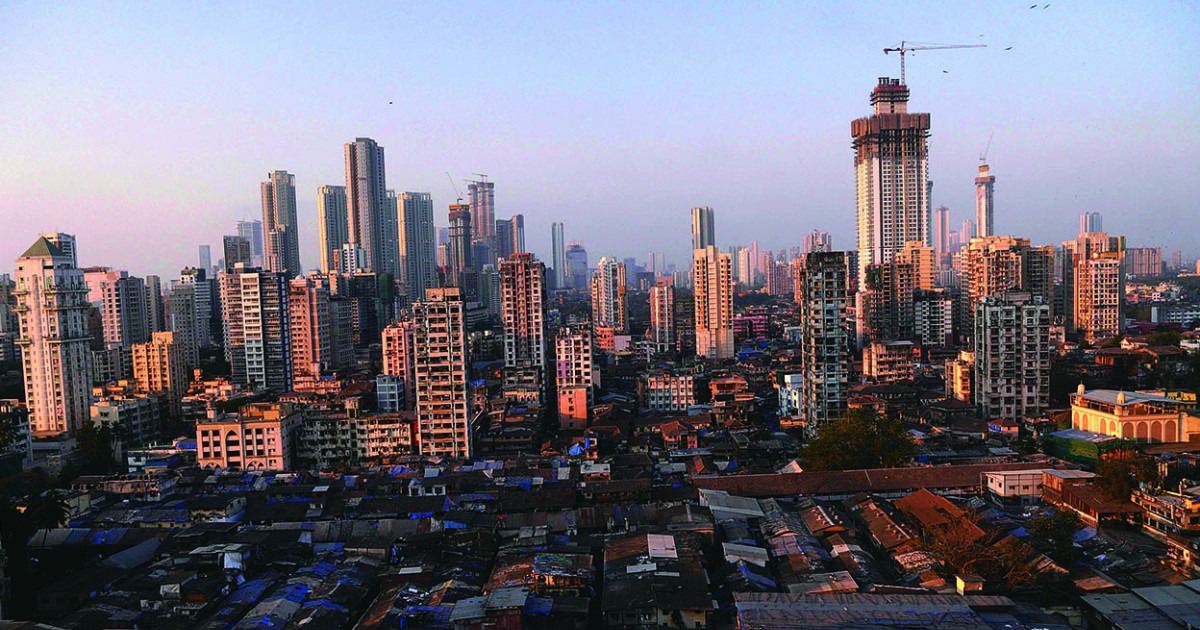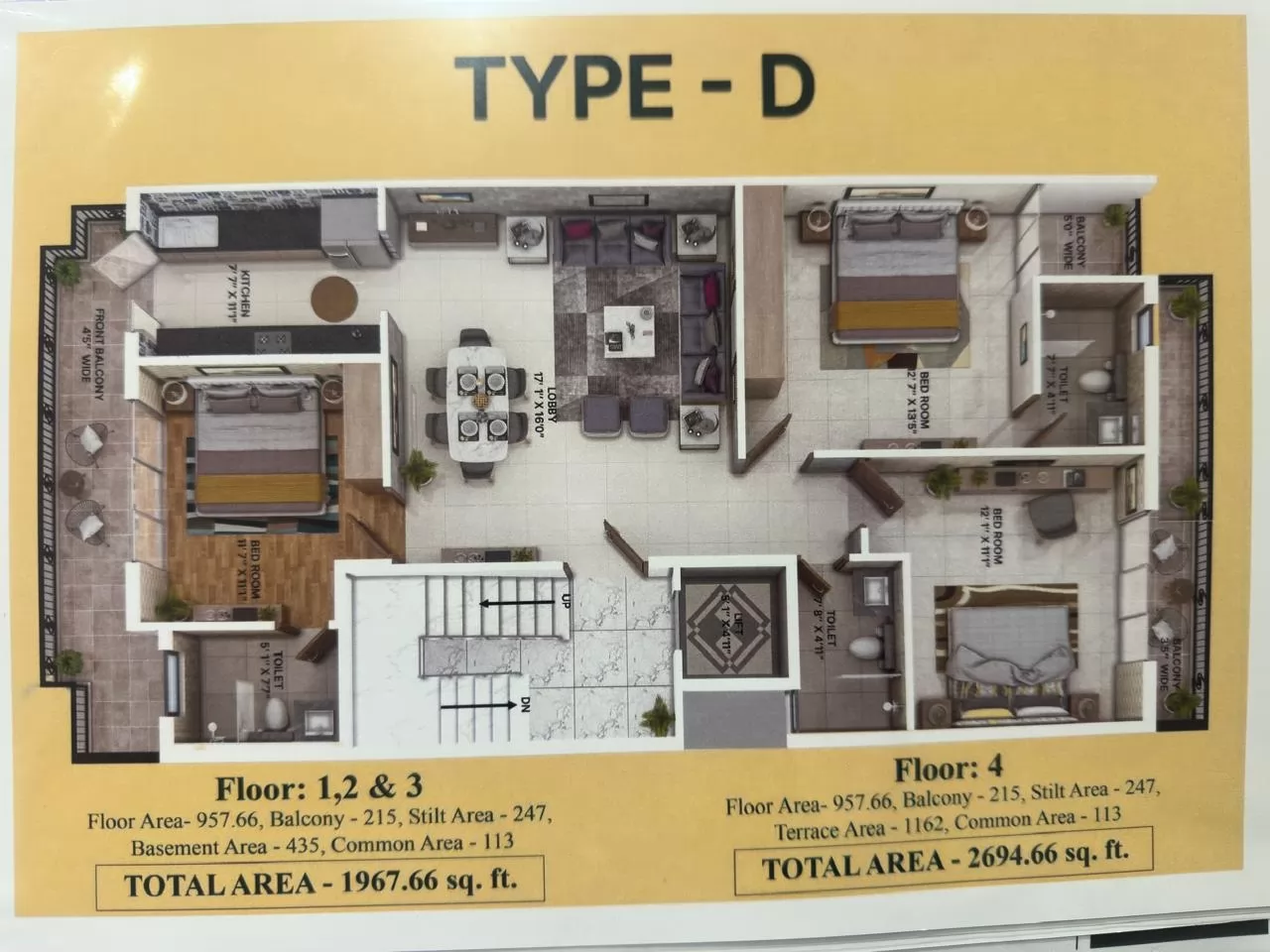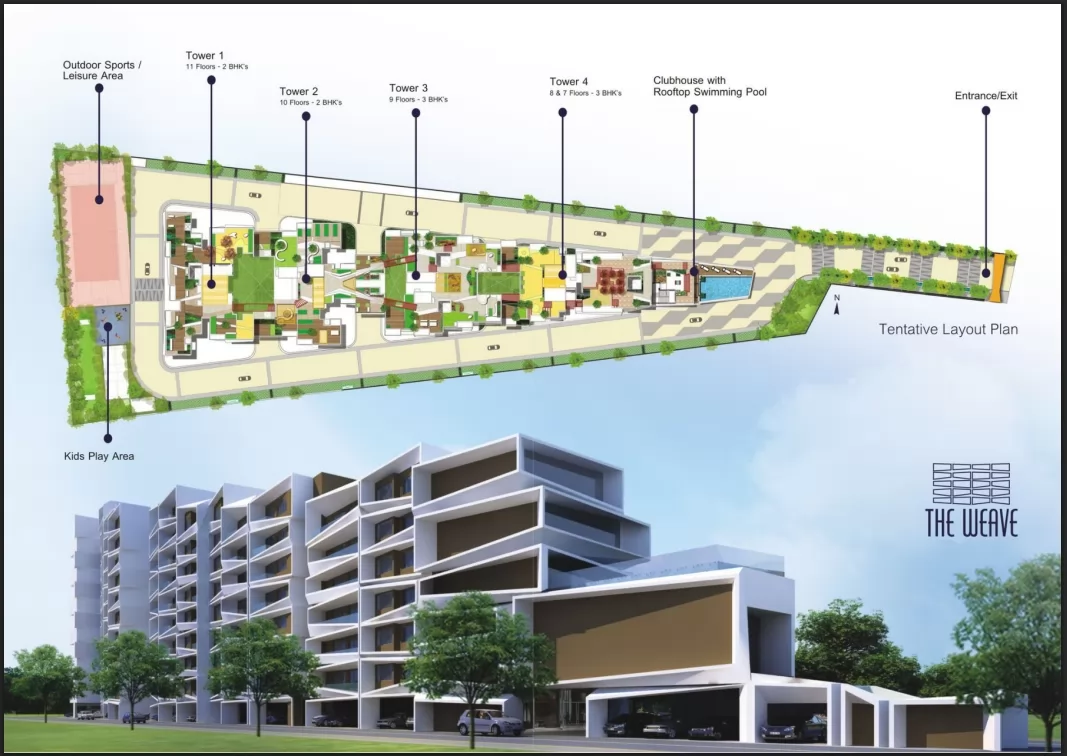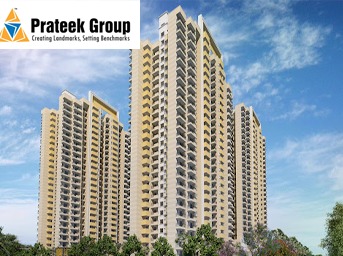Due to the growing housing shortage in the nation, India's building industry is expanding.
By Bricksnwall | 2023-04-03

Based on figures released on Thursday, the construction sector expanded
13.3% from July to September of last year compared to 7.9% in the previous
quarter. This was the sector's greatest performance in five quarters.
This week's GDP figures provided even more evidence that India was
experiencing a massive housing boom, raising hopes that the sector will
continue to drive the country's economy for years to come.
Based on figures released on Thursday, the construction sector expanded
13.3% from July to September of last year compared to 7.9% in the previous
quarter. This was the sector's greatest performance in five quarters.
As a result, India's economy grew at a rate that exceeded forecasts,
rising to rank among the world's fastest-growing major countries at 7.6%. On
the other hand, rising energy and interest rate costs have put pressure on
Western economies, while China's real estate sector debt issue has hindered
the country's progress.
Millions of jobs have been created by the much-anticipated boom, which follows roughly six years of debt accumulation and a pandemic-induced decline before the construction industry started to rebound last year and take off this year. Strong population growth, a severe housing crisis in large cities, and rising wages for many Indians have been the driving forces behind it.
Long-term optimism among builders is high; many predict that the boom
will last two to three years, and some are even more sanguine.
India is at the beginning of a housing growth cycle, according to
Sanjeev Jain, managing director of Parsvnath Developers, a reputable real
estate company. "According to Jain, the home market might keep doing well
for three or four more years.
According to real estate consultancy Anarock, despite an 8%?18% increase
in prices, home sales in India's seven largest cities?including Mumbai, New
Delhi, and Bangalore?soared 36% in the July?September quarter compared to the
same period last year to over 112,000 units.
According to data from the consultant, there was also a 24% rise in the number of new residential projects being introduced.




